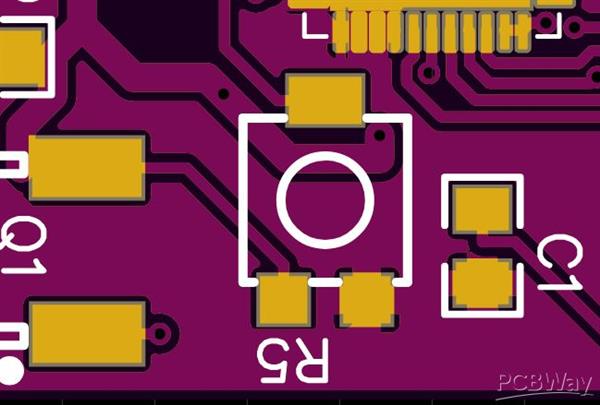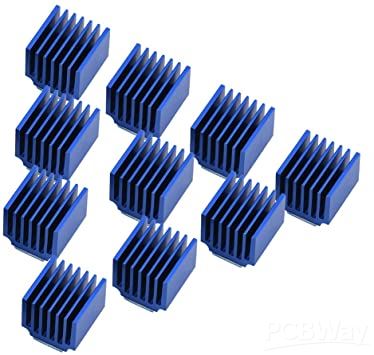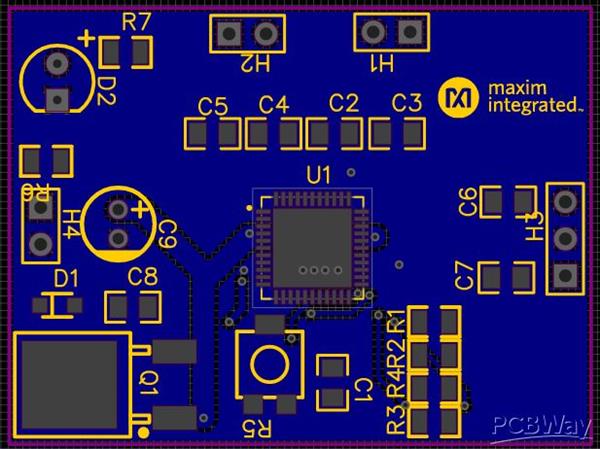Class D stereo amplifier based on the MAX9744

The MAX9744 20W stereo Class D audio power amplifier provides Class AB amplifier performance with Class D efficiency, conserving board space and eliminating the need for a bulky heatsink. This device features single-supply operation, adjustable gain, shutdown mode, a SYNC output, speaker mute, and industry-leading click-and-pop suppression.
I decided to carry out this project due to the high demand for amplifiers of good power in very small sizes, this amplifier could be used in electronics projects also in televisions, portable speakers, mini-components and in HIFI systems in general, this amplifier has an efficiency of up to 93% so it is highly recommended for systems where we have energy limitations such as a portable speaker since we will need an amplifier that makes the most of the energy stored in its battery.

The MAX9744 operates from a single 4.5V to 14V source and can deliver up to 20W per channel into a 4Ω speaker with a 14V source, recommending that this amplifier be powered with a good capacitor bank to avoid voltage drops at the source.

This amplifier has a volume control that can be used digitally for example with a rasberry or analogue as in this case with a potentiometer.

Although it is not mandatory, I recommend using a small heat sink to the integrated one since depending on the air flow where the amplifier board is located it will heat up more or less, for prevention I would recommend the use of a small heat sink to prevent overheating and extend life useful of the integrated.

This integrated uses two power sources, one of power and the other digital, this is because noises are often found in power sources that can be connected to more circuits, by having two power sources it is possible to isolate the part of power and the digital part of the integrated, reducing to the maximum the possibility of having some type of noise in our amplifier, this configuration is usually used a lot in televisions since they are generally used with high-frequency switched sources, in this case I did not see the need to feed this module with 2 sources since it will not have contact with any other device that could contaminate it, so I decided to put a transistor with a zener diode to regulate the digital voltage that the integrated power supply needs, in In reality, you can use any transistor that is NPN since the current consumed by the digital pins of the integrated is minimal.

I recommend using good gauge cables for power and outputs To the speaker of the amplifier, doing this will increase the efficiency of the circuit, on the other hand I recommend that you use a good source that can provide a current of 4 amps and 14 volts to ensure a robust power supply to the amplifier, the input connections of signal I recommend that they be made with a shielded cable and of the best possible quality, so we will avoid r uid parasites and we will obtain an excellent sound quality.

This amplifier has a led that will indicate when the amplifier is operating or not

This amplifier has overheating protection, an advantage that this amplifier has is the possibility of synchronizing with other amplifiers of the same series, such as the MAX9709 that I previously showed in another publication, in this way more complex audio systems could be designed such as a 2.1 or a 5.1 for a better sound quality and for amplifications such as cinema sounds or recording studios where surround sound is used a lot and with high quality.

the design of this amplifier was worked on a two layer PCB and put a copper layer to ground to avoid possible interference


- Comments(0)
- Likes(1)




















